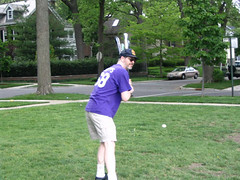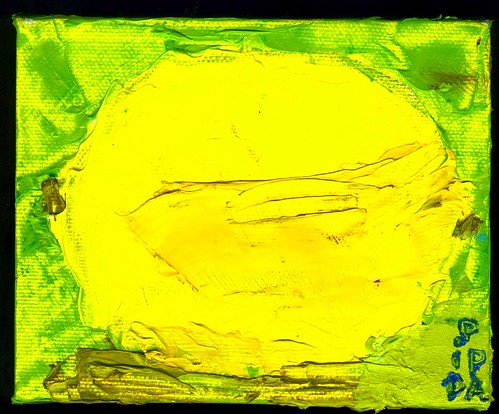Doesn’t anyone know it’s end-of-term time at Seabury? I still have a help o’ papers to mark, and exams to grade next week, plenty of extra events (Awards Night, trustees meetings, and of course Graduation). But the other day people called four interesting sites to my attention in the span of a few hours. I was waiting for permission to link to some of them, but since I know it’s okay, I can’t rationalize stalling any longer.
Clay Shirky’s student Anh Dang has constructed a Gospel Spectrum, a Flash-powered visualization of relations among the four canonical gospels. It’s a lovely thing, full of promise for future directions in textual study. (I’ve complained a lot, in several articles, about the graphical aphasia of scholarship in the field of biblical studies; this shows the vast potential of using color and scale to render textual relationships.) Play with it a while, and be patient; some features take a while to load, at least on my Mac/Firefox combination.
It’s intensely impressive, though I have some wishes for further refinement. Dang has based this device on a Gospel Harmony, a convenient device for these purposes, but one that makes a significant interpretive decisions right at the outset (a Harmony gathers texts into a synthesized chronology of Jesus’ life that’s distinct from the particular sequence characteristic of any one gospel. To take but one example, the Harmony treats John’s narrative of Jesus’ confrontation with the Temple authorities (John 2:13-22) as “Jesus’ first cleansing of the temple,” without any parallel texts — the version in the other three gospels comes during the Passion Narrative (Matthew 21:12f; Mark 11:15-17; Luke 19:45f), where the Harmony describes it as “The Second Cleansing of the Temple,” obscuring the possibility that Jesus cleansed the Temple only once (no gospel after all suggests that Jeuss cleansed the Temple twice; only the supposition that neither John nor the Synoptics could have misplaced the event warrants inferring that the same thing must have happened twice). A more useful approach would permit a viewer to examine the narrative units as they appear in the sequence assigned by one of the gospel authors, with all the doublets and parallels (the folks behind the Jesus Seminar prepared treeware synopses that did just this). A harmony beclouds the data in question before it presents them.
The lines of the graph compare passages by their numbers of verses, but that’s a highly arbitrary measure; “a verse” can itself by very short or long, and may comprise quite variable contents. If one were going to make a length-of-line measure, the simplest approach could compare parallels by the number of words they use to narrate the pericope in question. Another approach might involve defining discursive units based on sound linguistic principles, and comparing the number of these, or perhaps comapring the number of finite verbs in a given context. Each of these would give a little more, clearer information than “number of verses.”
At the same time, Anh Dang has given us a glimpse of the power of rich-data analysis; whereas even the strongest analytical programs for biblical studies seem locked into a monochrome, two-dimensional frame of reference, she has used color, motion, and design to offer a more fluidly vivid representation of the data from which we work. I’d be thrilled to see what she could do in cooperation with a biblical-studies specialist. More feedback, please, colleagues?
At the same time, Dave and Kevin directed my attention to the United Religions Initiative, a project to “promot[e] enduring, daily interfaith cooperation and to ending religiously motivated violence.” That’s entirely admirable, and the project pursues its goal in part through encouraging people of differing faiths to work together toward shared goals, also a commendable end. I’m a little shy about interfaith projects, myself; it’s so easy to go awry by minimizing abiding religious differences. At the same time, I greatly appreciate the love that holds together friends from divergent traditions, and if serving vital projects together nurtures such friendships, then my own skittishness is revealed as too fastidious a fixation on the particulars of religious identity.
And in honor of Paul Ricoeur, how about this site? The architecture does a strong job, I think, of keeping in view both the particular topic of interest and its setting among other phenomenological topics.


